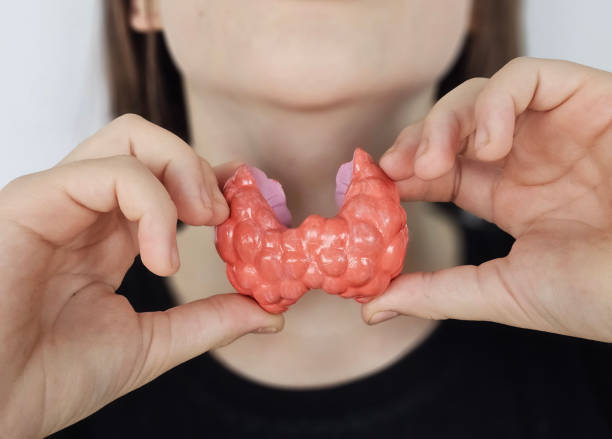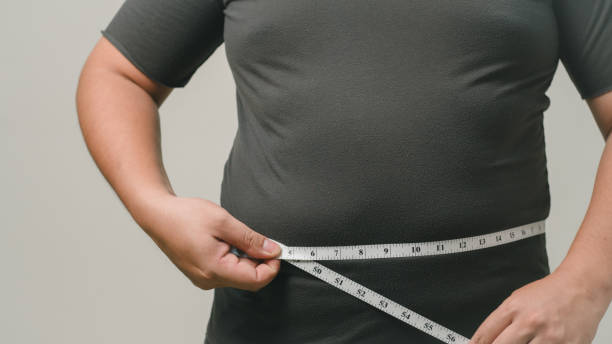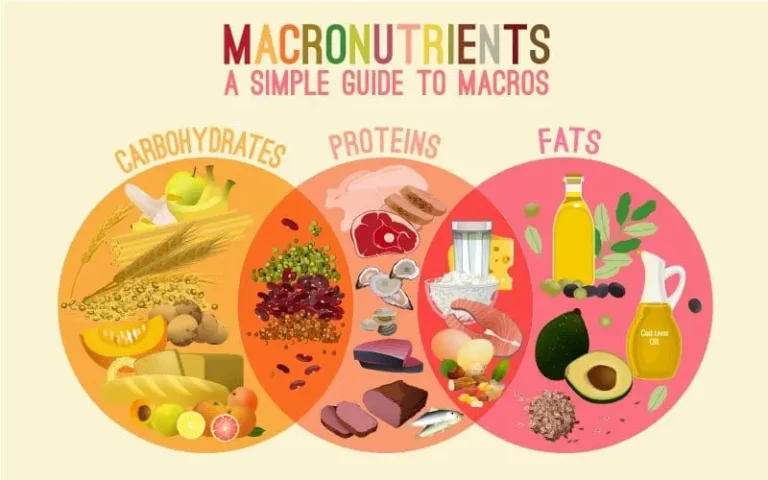
The terms EAT and NEAT refer to components of total daily energy expenditure : the total calories our body burns in a day with any form of exercise or movement.
Calories burned during intentional physical exercise, such as running, swimming, cycling, or strength training contributes to EAT. This is the intentional effort we put in to increase our energy utilization.
Contribution to Total Daily Energy Expenditure: Surprisingly, EAT contribution to our daily energy expenditure is low and varies from 5–15% depending on exercise frequency and intensity.
Calories burned through non-exercise movement such as cleaning, walking, and standing contribute to NEAT. This is the non intentional effort we put in for our daily activities.
Contribution to Total Daily Energy Expenditure : Surprisingly NEAT contribution to our daily energy expenditure can be very high, varying from 15–50% depending on one’s lifestyle.
| Factor | EAT | NEAT |
|---|---|---|
| Intentional Exercise | Yes | No |
| Examples | Gym workouts, cardio, sports | Fidgeting, cleaning, walking around |
| Energy Expenditure | Variable (short bursts) | Adds up over time |
| Influence on TDEE | Moderate | Potentially large |
| Controlled by | Workout habits | Daily lifestyle and habits |
While EAT is important for cardiovascular and muscular fitness, NEAT can often play a bigger role in long-term calorie burn, especially for those with sedentary jobs. Increasing NEAT is a powerful and sustainable way to support weight management without needing to increase gym frequency. While working out frequently increases our body’s EAT, most people unknowingly, are reducing their NEAT by minimizing non-exercise movement. Thus an important factor in one’s weight loss journey is to increase EAT while NEAT is consistent.

The thyroid is a small, butterfly shaped gland located in the front of the neck just below the Adam’s apple....
Read Article

What is BMI (Body Mass Index)? For the general population, BMI(Body Mass Index) is considered a gold standard test of...
Read Article

The food we consume on a regular basis is made up of micronutrients, macronutrients, water, and fiber. Water is an...
Read Article